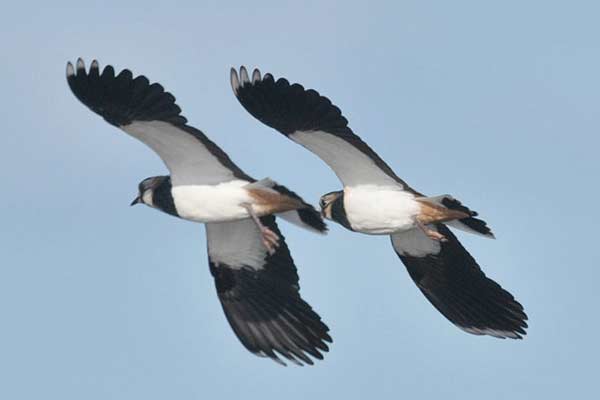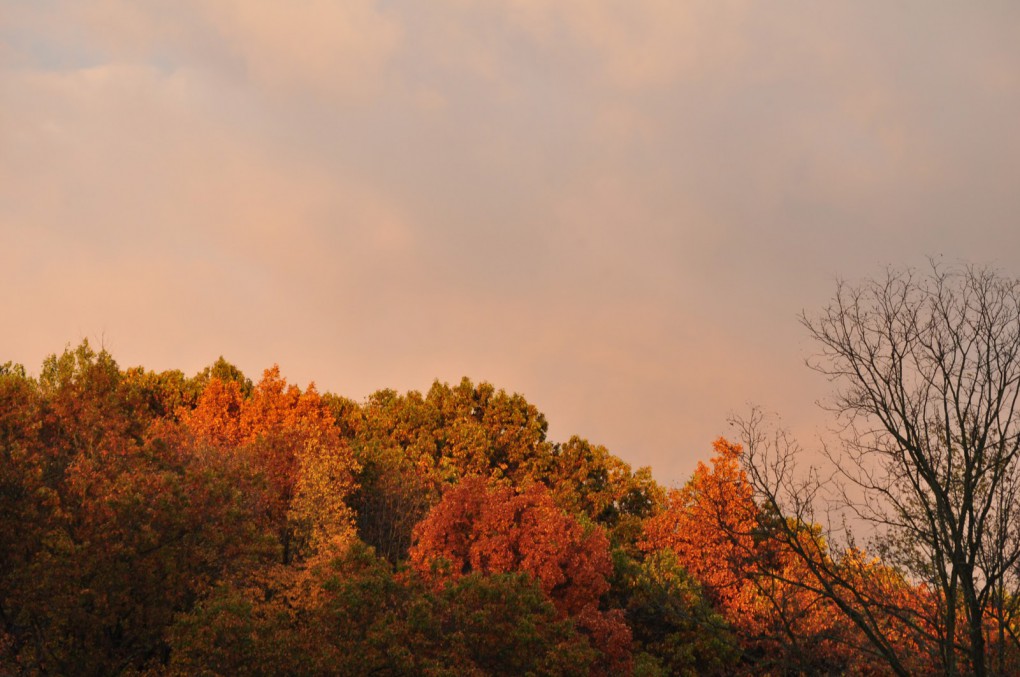Simon Coleman

The following passages are from ‘Haunts of the Lapwing’, Part 2, which is subtitled ‘Spring’. See the earlier post for Part 1 of this essay: ‘Winter’. Once again, Jefferies displays a profound sympathy with his subject and an enduring fascination with the behaviour of a relatively common bird. Other well-loved sights and sounds of spring – the stream, the flowers, a nightingale – enrich the scene and add depth to the principal subject matter. When reading Jefferies’ natural history works, we can always be confident that he never simply tells us what we could expect to discover on a typical day at a certain time of the year: instead he relates what he actually did see, and how he came to make the observations. In this manner, they never feel commonplace.
“A soft sound of water moving among thousands of grass-blades – to the hearing it is as the sweetness of spring air to the scent. It is so faint and so diffused that the exact spot whence it issues cannot be discerned, yet it is distinct, and my footsteps are slower as I listen. Yonder, in the corners of the mead, the atmosphere is full of some ethereal vapour. The sunshine stays in the air there, as if the green hedges held the wind from brushing it away. Low and plaintive come the notes of a lapwing; the same notes, but tender with love…
From the bushes by the stile on the left hand, which I have just passed, follows the long whistle of a nightingale. His nest is near; he sings night and day. Had I waited on the stile, in a few minutes, becoming used to my presence, he would have made the hawthorn vibrate, so powerful in his voice when heard close at hand. There is not another nightingale along this path for at least a mile, though it crosses meadows and runs by hedges to all appearance equally suitable; but nightingales will not pass their limits; they seem to have a marked-out range as strictly defined as the lines of a geological map. They will not go over to the next hedge – hardly into the field on one side of a favourite spot, nor a yard farther along the mound. Opposite the oak is a low fence of serrated green. Just projecting above the edge of a brook, fast-growing flags have thrust up their bayonet-tips. Beneath their stalks are so thick in the shallow places that a pike can scarcely push a way between them. Over the brook stand some high maple trees; to their thick foliage wood-pigeons come. The entrance to a coomb, the widening mouth of a valley, is beyond, with copses on the slopes.
Again the plover’s notes; this time in the field immediately behind; repeated, too, in the field on the right hand. One comes over, and as he flies he jerks a wing upwards and partly turns on his side in the air, rolling like a vessel in a swell. He seems to beat the air sideways, as if against a wall, not downwards. This habit makes his course appear so uncertain; he may go there, or yonder, or in a third direction, more undecided than a startled snipe. Is there a little vanity in that wanton flight? Is there a little consciousness of the spring-freshened colours of his plumage, and pride in the dainty touch of his wings on the sweet wind? His love is watching his wayward course. He prolongs it. He has but a few yards to fly to reach the well-known feeding-ground by the brook where the grass is short; perhaps it has been eaten off by sheep. It is a straight and easy line as a starling would fly. The plover thinks nothing of a straight line; he winds first with the course of the hedge, then rises aslant, uttering his cry, wheels, and returns; now this way, direct at me, as if his object was to display his snowy breast; suddenly rising aslant again, he wheels once more, and goes right away from his object over above the field whence he came. Another moment and he returns; and so to and fro, and round and round, till with a sidelong, unexpected sweep he alights by the brook. He stands a minute, then utters his cry, and runs a yard or so forward. In a little while a second plover arrives from the field behind. He too dances a maze in the air before he settles. Soon a third joins them. They are visible at that spot because the grass is short, elsewhere they would be hidden. If one of these rises and flies to and fro almost instantly another follows, and then it is, indeed, a dance before they alight. The wheeling, maze-tracing, devious windings continue till the eye wearies and rests with pleasure on a passing butterfly. These birds have nests in the meadows adjoining; they meet here as a common feeding-ground. Presently they will disperse, each returning to his mate at the nest. Half an hour afterwards they will meet once more, either here or on the wing.
In this manner they spend their time from dawn through the flower-growing day till dusk. When the sun arises over the hill into the sky already blue the plovers have been up a long while. All the busy morning they go to and fro – the busy morning, when the wood-pigeons cannot rest in the copses on the coomb-side, but continually fly in and out; when the blackbirds whistle in the oaks, when the bluebells gleam with purplish lustre. At noontide, in the dry heat, it is pleasant to listen to the sound of water moving among the thousand thousand grass-blades of the mead. The flower-growing day lengthens out beyond the sunset, and till the hedges are dim the lapwings do not cease.
Leaving now the shade of the oak, I follow the path into the meadow on the right, stepping by the way over a streamlet, which diffuses its rapid current broadcast over the sward till it collects again and pours into the brook. This next meadow is somewhat more raised, and not watered; the grass is high and full of buttercups. Before I have gone twenty yards a lapwing rises out in the field, rushes towards me through the air, and circles round my head, making as if to dash at me, and uttering shrill cries. Immediately another comes from the mead behind the oak; then a third from over the hedge, and all those that have been feeding by the brook, till I am encircled with them. They wheel round, dive, rise aslant, cry, and wheel again, always close over me, till I have walked some distance, when, one by one, they fall off, and, still uttering threats, retire. There is a nest in this meadow, and, although it is, no doubt, a long way from the path, my presence even in the field, large as it is, is resented. The couple who imagine their possessions threatened are quickly joined by their friends, and there is no rest till I have left their treasures far behind.”
